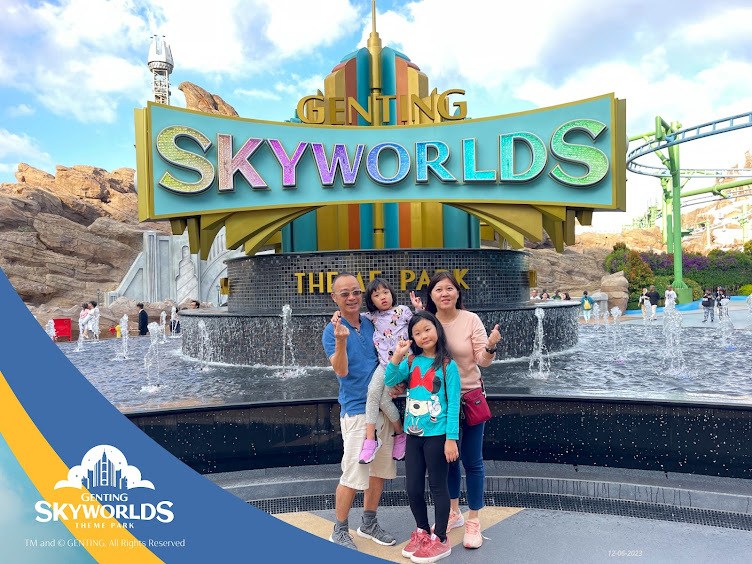The National Library of Singapore (NLS) is a flagship public library located in the Bras Basah-Bugis district, in the heart of Singapore. Here are some key features and information about the National Library:
History: The National Library traces its roots back to 1823 when it was first established as a small subscription library. Over the years, it underwent several transformations and expansions before officially becoming the National Library of Singapore in 1960.
Purpose: The NLS serves as a repository of Singapore's literary and cultural heritage, housing a vast collection of books, periodicals, manuscripts, maps, and multimedia materials. It plays a crucial role in promoting literacy, lifelong learning, and cultural appreciation among Singaporeans.
Architecture: The current National Library building, known as the Lee Kong Chian Reference Library, was opened in 2005. Designed by architects T. R. Hamzah & Yeang and CPG Consultants, the building's distinctive architecture features a striking facade of glass and steel, with an iconic rotunda at its center.
Collections: The National Library's collections encompass a wide range of subjects, including Singapore and Southeast Asian history, literature, science, technology, business, and more. It houses over five million physical items, including rare books, manuscripts, and artifacts, as well as digital resources accessible through its online catalog and digital library portal.
Facilities: In addition to its extensive collection, the National Library offers various facilities and services to the public, including reading areas, study spaces, computer terminals, printing and photocopying services, meeting rooms, and exhibition galleries. It also hosts regular programs and events such as author talks, workshops, and exhibitions.
Accessibility: The National Library is easily accessible via public transportation, with the nearest MRT stations being Bras Basah and Bugis. It is wheelchair-friendly and equipped with amenities to accommodate visitors of all ages and abilities.
Digital Initiatives: The National Library is committed to digitizing its collections and making them accessible online to a wider audience. It offers digital resources such as e-books, e-journals, digitized newspapers, and multimedia archives through its website and digital library platforms.
Community Engagement: The National Library actively engages with the community through outreach programs, partnerships with schools and educational institutions, and collaborations with cultural and heritage organizations. It also provides resources and support for independent researchers, students, and lifelong learners.
The National Library Board (NLB) of Singapore provides extensive online library services through its digital platform called "NLB Mobile" and its official website. Here are some key features of the online library services in Singapore:
NLB Mobile App: The NLB Mobile app allows users to access a wide range of digital resources, including e-books, audiobooks, e-magazines, and e-newspapers. Users can borrow and download digital materials directly to their mobile devices for offline reading.
E-Resources: The NLB provides access to a vast collection of e-resources, including databases, research materials, academic journals, and multimedia content. These resources cover various subjects such as history, science, business, technology, and literature.
E-Learning Platforms: The NLB offers e-learning platforms and online courses for lifelong learning and skills development. Users can access interactive tutorials, language learning programs, coding courses, and other educational resources.
Digital Archives: The NLB maintains digital archives of historical documents, photographs, maps, and other archival materials related to Singapore's heritage and culture. These digital archives provide valuable resources for researchers, students, and anyone interested in Singapore's history.
Online Catalog: The NLB's online catalog allows users to search for and reserve physical library materials, such as books, DVDs, and CDs, for pickup at their preferred library branch. Users can also renew borrowed items and manage their library accounts online.
Virtual Reference Services: The NLB offers virtual reference services, including online chat support and email assistance, to help users with research queries, reference questions, and information requests.
Digital Exhibitions and Events: The NLB hosts digital exhibitions, virtual tours, and online events to showcase its collections, promote literacy, and engage with the community. These digital initiatives provide opportunities for learning, discovery, and cultural enrichment.
Accessibility Features: The NLB's online library services are designed to be accessible to users with disabilities, with features such as screen readers, text-to-speech functionality, and adjustable font sizes.

